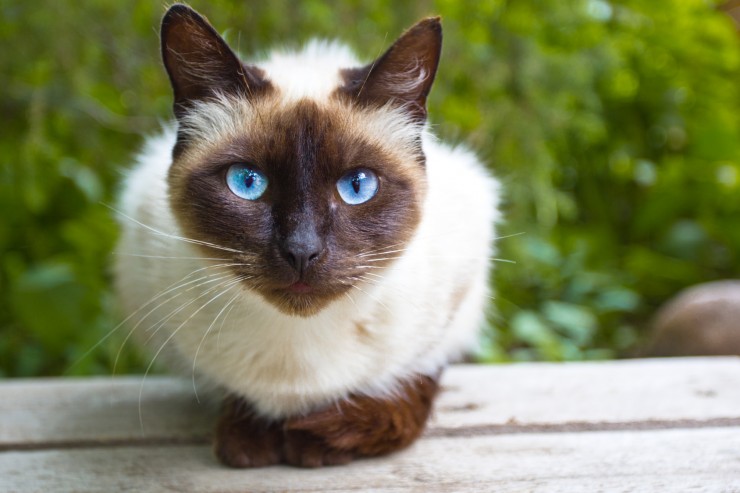
Everybody loves fish. These little creatures bring happiness and joy to our lives. From the well known guppy (also known as the million fish due to its popularity) to the exotic Pseudoplatystoma corruscans, ornamental fish have won our hearts.
However, an ornamental fish isn't an easy pet. Although there are pets easier than others, ornamental fish require a special care. You need to make sure that they have the adequate supply of oxygen (something you don't have to worry about with cats, dogs or turtles), a balanced meal, a water tank that is big enough for them and clean water.
Diseases are also present. They may be caused by a genetic disorder or by an infection. Whichever the case, disease is one additional point in your checklist when taking care of ornamental fish.
There are many diseases; after all, bacteria, viruses, parasites and fungus are living organisms waiting for a 'crack' in the system for proliferating. You can't blame them, they simply accomplish their purpose in life: to survive.
Symptoms also vary. Your fish may begin to eat less and less, their movements can be erratic or they simply begin to loose their colours. As in the case of humans who can turn very white or even yellow, the body of fishes also manifest themselves.
Among the many diseases that fish can suffer, tail and fin rot is one of the most common ones. At first you may not notice it, but with time the fins and the tails of your fish will start to degrade. In the long term this is very serious since it affects the stability and the mobility of your pet.
If a fish doesn't move, it will die. It is as simple as that. The question that many fish owners make themselves is: how did it happen? The truth is that the culprit is the owner. Tail and fin rot are generally caused by bad water. Unfortunately, we may not notice it until it is too late. For us any kind of transparent water is ok but that isn't the case.
Only when we see greenish water we begin to worry. That's the worst thing that we can do. Don't despair, though. Tail and fin rot can be solved, you only need to change the water and assure that your fish is eating properly. If necessary, separate healthy fish from unhealthy specimens.
Here is another good tip. Find a colourful book where you can see how a healthy fish of a determined species looks like. If you have a guppy, buy a book on that species. That way you will be able to compare your guppy with the ones that appear in the book. You will be able to tell, very easily, if they present some kind of problem.
Final comment; your fish wouldn't have suffered from this disease if they had been cared of properly. As in human medicine, prevention is your best ally. Do not wait until it is too late or when your fish begins to suffer.
 Polish Lowland Sheepdog Hereditary Health And Health Testing
Polish Lowland Sh
Polish Lowland Sheepdog Hereditary Health And Health Testing
Polish Lowland Sh
 Choosing The Right Livery Yard
Choosing The Righ
Choosing The Right Livery Yard
Choosing The Righ
 Things to Remember when Training your Dogs
Things to Remember when Training your Dogs
Tra
Things to Remember when Training your Dogs
Things to Remember when Training your Dogs
Tra
 When Can Female Cats Fall Pregnant?
When Can Female C
When Can Female Cats Fall Pregnant?
When Can Female C
 Keeping Your Dog Safe On Christmas Day
Keeping Your Dog
Keeping Your Dog Safe On Christmas Day
Keeping Your Dog
Copyright © 2005-2016 Pet Information All Rights Reserved
Contact us: www162date@outlook.com